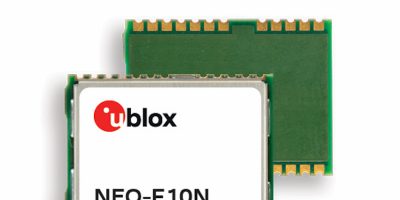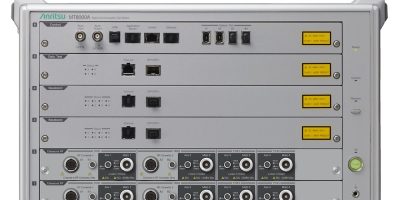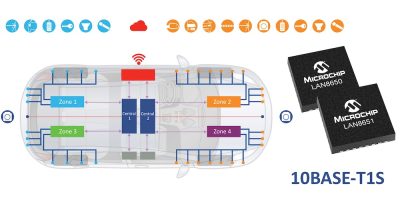The u-blox NEO-F10N, the company’s latest positioning module, is based on the u-blox F10 platform. Its L1/L5 dual-band technology supports both bands from multiple constellations, including NavIC for metre-level position accuracy in urban areas, said u-blox.
The module’s firmware is upgradeable and can be configured to support a variety of use cases, including, for example, vehicle aftermarket telematics and micro-mobility markets as well as industrial applications requiring metre-level position accuracy.
According to u-blox, its enhanced resilience against multi-path interference improves position accuracy in urban environments. Leveraging signals from both the L1 and L5 bands, the module achieves significantly better accuracy than using the L1 band alone. While receivers equipped with L1 band support can determine the road a vehicle travels on, those incorporating both L1 and L5 bands can even discern the specific side of the road.
Users currently employing receivers based on modules like the u-blox NEO-M8 and NEO-M9 can seamlessly migrate to the NEO-F10N. The module enhances position accuracy, reduces power consumption, and offers an alternative to customers who do not want to deploy DR (dead reckoning) set-ups.
“With the RF front end offering double SAW filter and low-noise amplifiers (LNA), the u-blox NEO-F10N ensures exceptional immunity to out-of-band RF interference, making it particularly suitable for applications with nearby cellular modems,” said Bernd Heidtmann, u-blox’s product manager, product strategy for standard precision GNSS.
The company has also introduced the ANN-MB5 L1/L5 antenna which offers customers an easy and reliable option for metre-level applications that require multi-band and multi-constellation support, even in challenging environments.
Swiss company, u-blox, specialises in positioning and wireless communication in automotive, industrial, and consumer markets. Its services, and products let people, vehicles, and machines determine their precise position and communicate wirelessly over cellular and short range networks.
The company offers a broad portfolio of chips, modules, and secure data services and connectivity for customers to develop innovative and reliable solutions for the IoT.
Its headquarters are in Thalwil, Switzerland, and the company has offices in Europe, Asia, and the USA.






